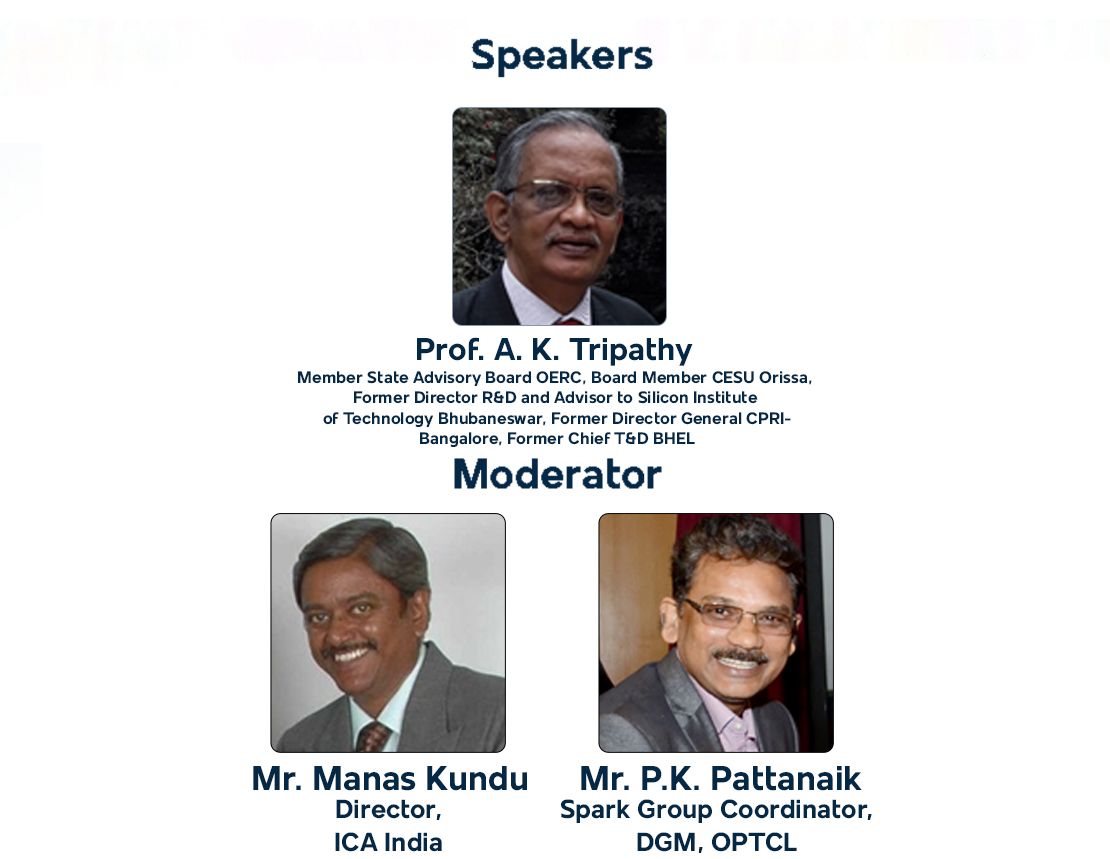The global unfolding of COVID-19 pandemic has left many individuals and communities filled with concern and brought nations to their knees. The International Copper Association (ICA) stands with its members as they focus on the health, safety and well-being of their employees, their families and the communities in which they operate. We just saw the impact of super cyclone ‘Amphan’ completely disrupting life in eastern part of India. This was followed by panic that we had to face immediately after announcement of another super cyclone making way to western coast of India. Nothing is more important than human lives as we confront such crisis. We believe knowledge sharing is one form of co-operation towards shared learning that keep us ready for any such emergencies and ‘Sharing is Caring’.
We have seen how early detection of signals and preparedness of our National Disaster Response Forces have minimised loss of precious lives. Similarly, Electricity Distribution is nothing but keeping the ‘Life On’, and more importantly the ‘Lives safe’. It depends on ‘Reliable and Efficient infrastructure. Distribution Lines, Distribution Transformer (DT), Substation which are few of the vital high capex assets for DISCOMs. The impact of the Covid-19 pandemic is being felt across the energy system, and the energy sector’s regulatory response will shape our infrastructure for decades to come.
Poor financial state of DISCOMs is a cause of great concern for the whole power sector. There are many reform programs initiated by the Government of India to modernize and improve the distribution network, utility processes and overall financial sustenance of DISCOMs, including Integrated Power Development Scheme (IPDS), Deen Dayal Upadhyaya Gram Jyoti Yojana (DDUGJY), Ujwal
DISCOM Assurance Yojana (UDAY) and others. These has been further supplemented by local State Regulatory Initiatives be it DSM, or RE portfolio or open access. These programs have yielded some positive results in ATC loss reduction and system improvement, but the progress has been measured. Many DISCOMs have focused their overall loss reduction initiatives only around making smart metering as key tool. The focus generally is around cleaning the balance sheet and looking outward based on grants from union government. Often we missed looking inward to make a robust reliable infrastructure with basics of quality electricity supply delivery backed by spirited manpower on ground and putting efficient billing &collection system on ground to be able to deliver even during crisis.
Additionally, the precautionary measures of lockdown brought economic activity
Webinar Template to a standstill. This is expected to add to the economic pressures. Most utilities are now struggling to maintain financial viability, as they deal with disrupted supply chain, limited consumption thus billing, while still having to manage all costs. With some benchmarking data from few DISCOMs it is estimated that the average overall technical losses in DTs with these DISCOMs could be as high as 3%, compared to 0.5% ideal value. High failure rate and downtime is result of weak asset management practices including low quality of repairs, and maintenance of DTs and other systems. These have resulted in poor DISCOM performance during each planning period and increasing technical losses. This makes DT one of the key intervention areas for the DISCOMs through renovation
and upgradation or modernisation to bring down overall Technical losses. Besides
line losses are impacted by various operational constraints or gaps in planning
and investment from time to time.
While commercial losses are reflective of management efficiency and people accountability, which have to be enforced, the technical losses can be controlled through proper planning, procurement, quality assurance, and installation and O&M practices. DISCOMs can do much better by taking steps to prolong asset life, thus avoiding the need for costly repair or replacements, as far as practicable, and save on downtime costs as well, particularly during emergencies. The webinar series "Efficiency and Reliability in Power Utilities" is a joint initiative of ICAI along with pManifold Business Solutions and Spark Group. This webinar, first in the series, will bring Indian experts sharing their experiences from the field and answer the following questions:
- How has been their experience in Distribution system, DT and its critical
role to deliver reliable, efficient and safe supply to consumers? - How the electricity regulator looks at it’s role to keep DISCOM fighting fit!
- What are the key reasons of high failure in India and where we are going
wrong! How DISCOMs can meet their key KPIs by ‘doing more with
less’ - What best practices can be adopted by Indian DISCOMs from specifying
to upkeeping for getting best of their vital assets in distribution system? - What planning /decision matrix support is always needed to be in
preparedness for quality supply delivery including such time for crisis? - What are ways for DISCOMs to carry out Risk based asset management
for DTs? - What are new technologies to address safety, prime concern at all cost,
in highly populated areas or buildings for today and tomorrow?



